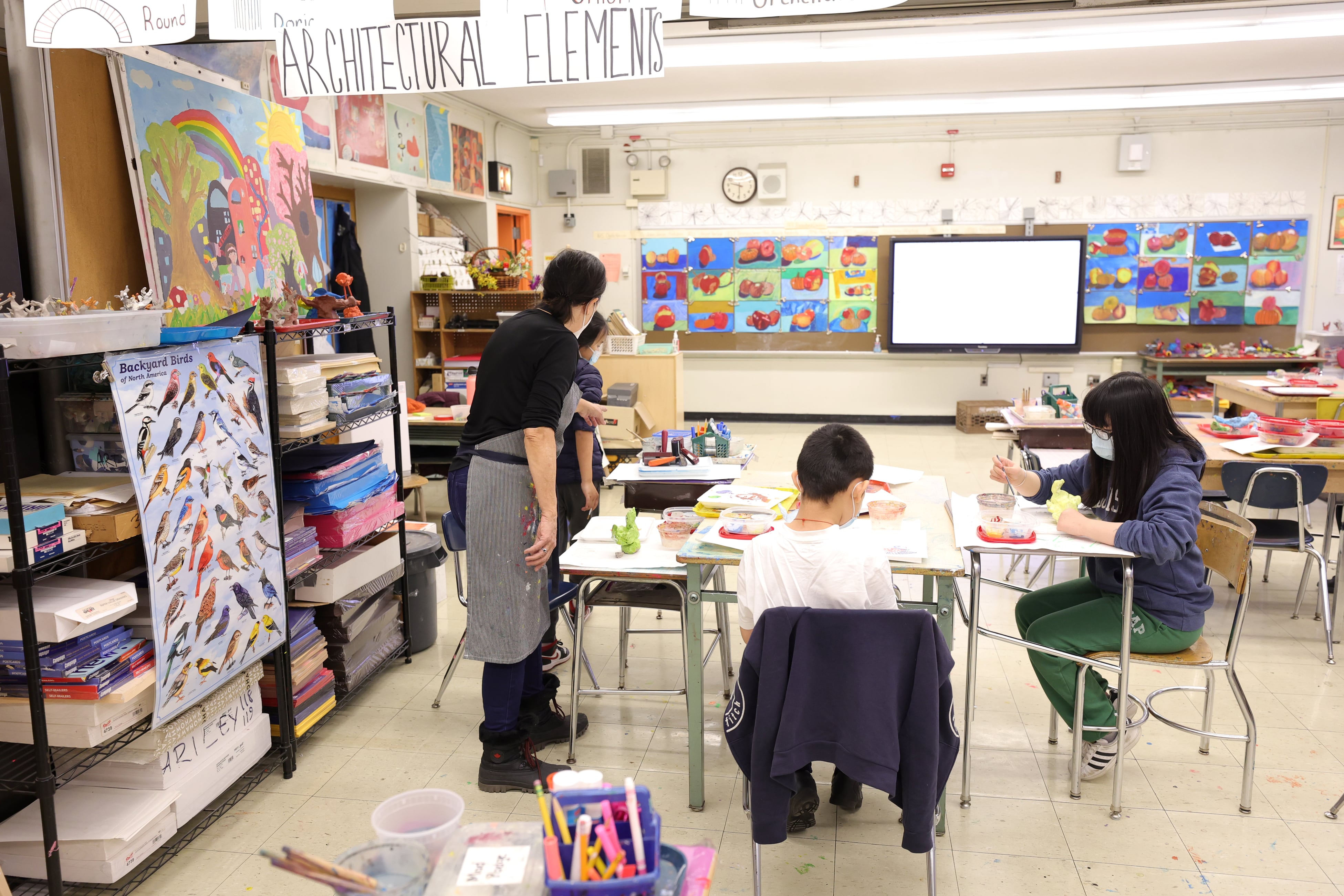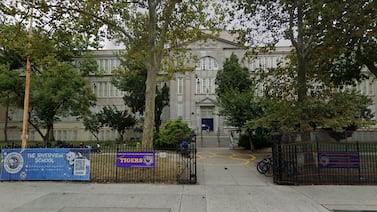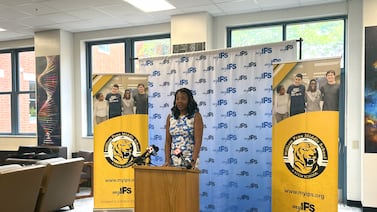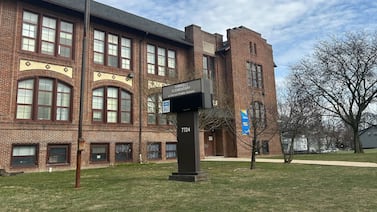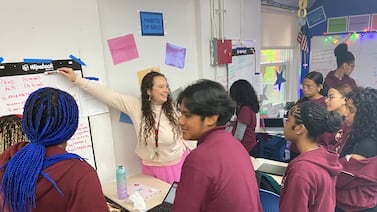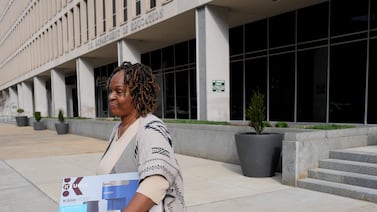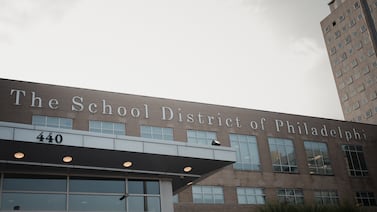Once again, New York City parents may be facing questions about when to keep their children home from school or get them tested for COVID as they learn of possible exposures.
To keep more children in school, the city changed its quarantine rules before students returned to classrooms after the winter break. Instead of having schools do the leg work to determine close contacts and who might need to quarantine, the city implemented a “test-to-stay” policy where all students and staff are now given two at-home coronavirus tests when someone in their classroom tests positive.
The city this week announced new rules that take effect Jan. 31, allowing students who test positive to return to school after isolating for five days, instead of 10, as long as they have been fever-free for 24 hours without using medication, their symptoms are improving, and they wear a “well-fitting” mask. That policy had already applied to educators since the break.
Chalkbeat updated its flow chart to help families navigate the policy changes.
Schools only give students at-home COVID kits if they are exposed to someone who is positive at school rather than at home or elsewhere. However, Gov. Kathy Hochul recently promised to provide at-home coronavirus tests to all New York students before midwinter recess, which is Feb. 21 -25 in New York City. (Some schools may offer additional COVID testing programs, and families can receive a PCR test from one of the city’s Health + Hospitals sites.)
Adams has been adamant that he will keep schools open and that campuses are safe.
Only 1 in 120 students or staff developed COVID after they were in contact with an infected person at school this year, compared to a rate of 1 in 7 in a household, city officials said, citing an ongoing health department study. (They did not, however, share the study.)
Despite the efforts of the new policy to keep kids in schools, more than 200,000 students stayed home each day the first two weeks after break, with attendance topping out at 77%. That prompted a shift in policy giving schools more flexibility to mark students present who are home doing remote work even if they don’t have COVID.
Though the omicron variant appears to be loosening its grip, more than 1,700 students and school staffers reported positive coronavirus cases on Tuesday, according to public data.

